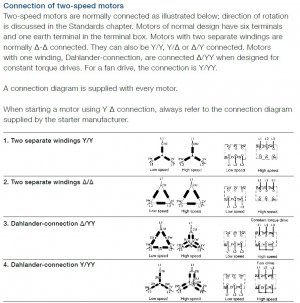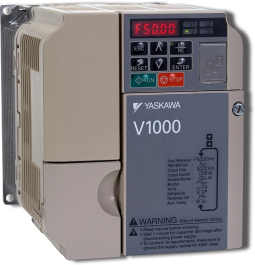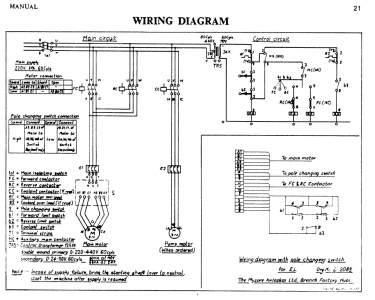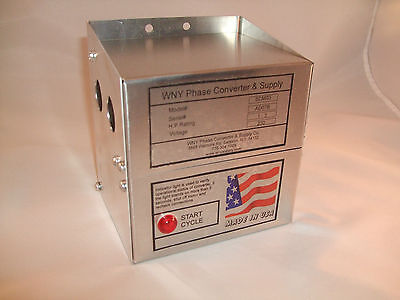- Joined
- Jun 10, 2019
- Messages
- 534
I picked up a lathe with a motor of questionable status. It's 3phase and I don't have a converter - so in the market for one. I've read through some great posts & threads, but figured I'd start a thread specific to the type of motor I have.
The motor is 3-phase, 220 volt TEFC. The lathe has high and low speed selector which will run the motor at 1800 or 900 RPM. Amperage is for high and low speeds is 11a and 9a, respectively. Connection is "YYY", class E, 60hz. The motor has 2 sets of 3 wires: one set for low speed and one set for high. This particular lathe lets you switch spindle from forward to reverse on the fly (can only do it 3x/minute per the manual)...no idea if that is pertinent.
Given the motor specs: would a VFD be appropriate? What brands are recommended?
IF the motor is toast, I'm not sure I would keep the lathe. But the VFD would eventually be re-purposed for a milling machine. Knowing this might factor into the recommendation as well.
The motor is 3-phase, 220 volt TEFC. The lathe has high and low speed selector which will run the motor at 1800 or 900 RPM. Amperage is for high and low speeds is 11a and 9a, respectively. Connection is "YYY", class E, 60hz. The motor has 2 sets of 3 wires: one set for low speed and one set for high. This particular lathe lets you switch spindle from forward to reverse on the fly (can only do it 3x/minute per the manual)...no idea if that is pertinent.
Given the motor specs: would a VFD be appropriate? What brands are recommended?
IF the motor is toast, I'm not sure I would keep the lathe. But the VFD would eventually be re-purposed for a milling machine. Knowing this might factor into the recommendation as well.






